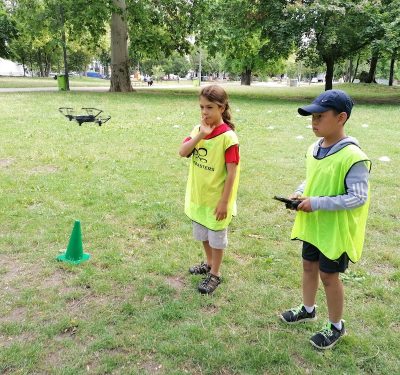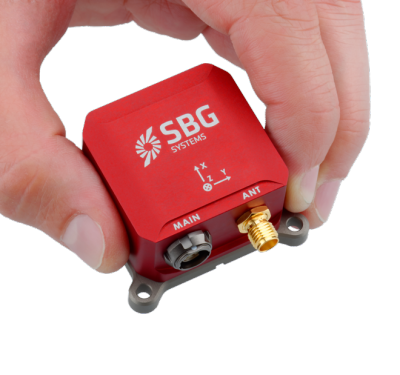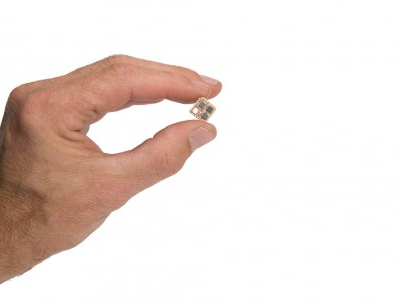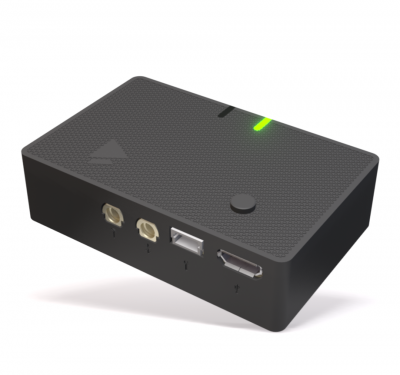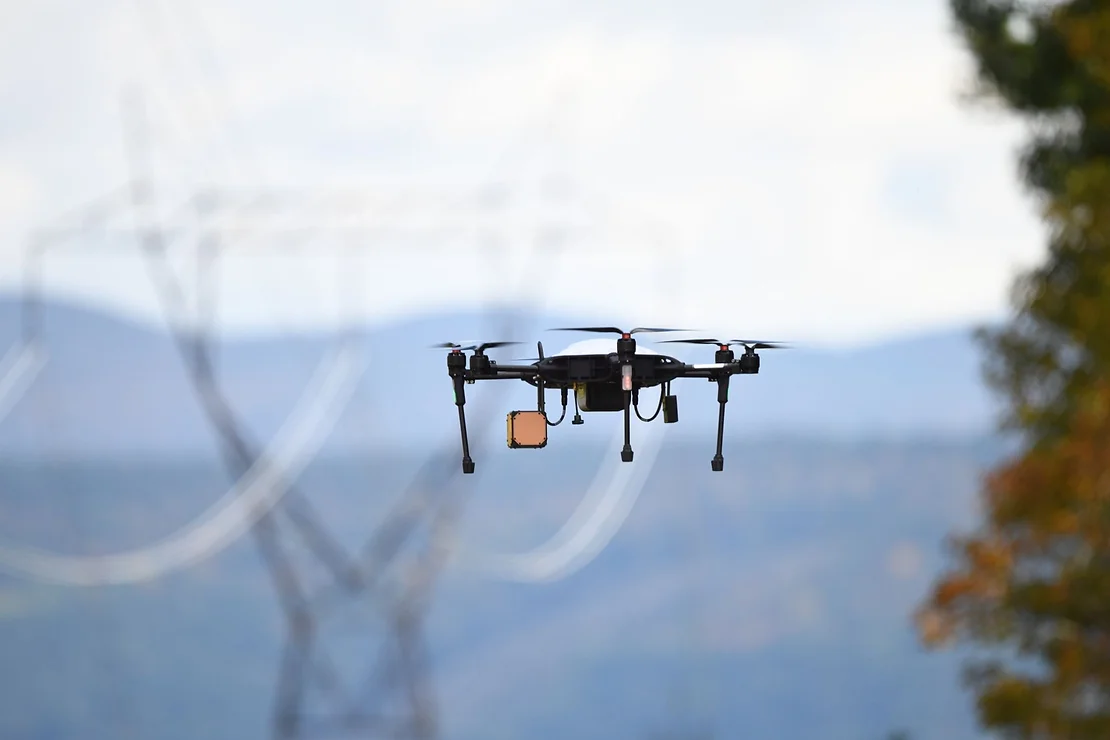
Manifold Robotics proudly announces the successful completion of its collaborative venture with the New York Power Authority (NYPA) aimed at enhancing the safety and efficacy of Unmanned Aircraft System (UAS)-based electric transmission infrastructure inspections. The project, initiated in 2020 and partially funded by the New York State Energy Research and Development Authority (NYSERDA), has led to the development of sensing technologies and software algorithms designed to utilize electromagnetic fields (EMF) emitted by power transmission lines for UAS navigation.
UASs have emerged as indispensable tools for infrastructure inspections. However, navigating UASs around transmission lines presents unique challenges, including visual estimation of distances between the UAS and conductors, especially during flights along transmission lines, compounded by regulatory limitations on beyond visual line of sight (BVLOS) flight.
To overcome these hurdles, Manifold Robotics and NYPA collaborated on an EMF sensing system for UASs. By detecting EMF emitted by transmission lines, the UASs can identify the lines’ presence and estimate their proximity—opening avenues for automated collision avoidance or line tracking. Developing this technology required the creation of electric and magnetic field sensors with enhanced sensitivity, addressing size and weight limitations of small UASs. Advanced software algorithms analyze EMF data during flight, issuing commands for collision avoidance or autonomous line tracking.
Alan Ettlinger, NYPA’s senior director of Research, Technology Development and Innovation, expressed enthusiasm, stating, “The Power Authority sees great potential in technology enabling automated flights to navigate our critical transmission infrastructure during inspections.”
Over 100 test flights were conducted using NYPA’s transmission line infrastructure. Notably, the technology was successfully deployed for an approximately one-mile-long flight along a 345-kV line. The EMF sensing guided the UAS to maintain a safe 20-foot distance while flying parallel to the line, autonomously adjusting altitude to accommodate conductor height variations due to line sag and terrain changes.
Manifold Robotics CEO, Jeffrey Laut, emphasized, “This technology estimates distance from the line without relying on GPS waypoints—an advantage for BVLOS flight along transmission lines, enabling UASs to safely fly close to lines with minimal risk of encountering other aircraft—a concept known as obstruction shielding.”
Doreen M. Harris, President and CEO of NYSERDA, highlighted the importance of such technologies for evaluating infrastructure and enhancing the reliability of transmission lines amid the transition to a zero-emission electricity system.
Manifold Robotics recently obtained a BVLOS waiver from the FAA, based on the EMF technology’s success. This waiver allows UASs to cover greater distances along NYPA’s transmission lines, surpassing the limits of standard Part 107 regulations governing commercial UAS use, which mandate visual observation of the UAS.
The project received funding from NYPA and NYSERDA, emphasizing their commitment to advancing research and development for a digitally enhanced electric grid.


